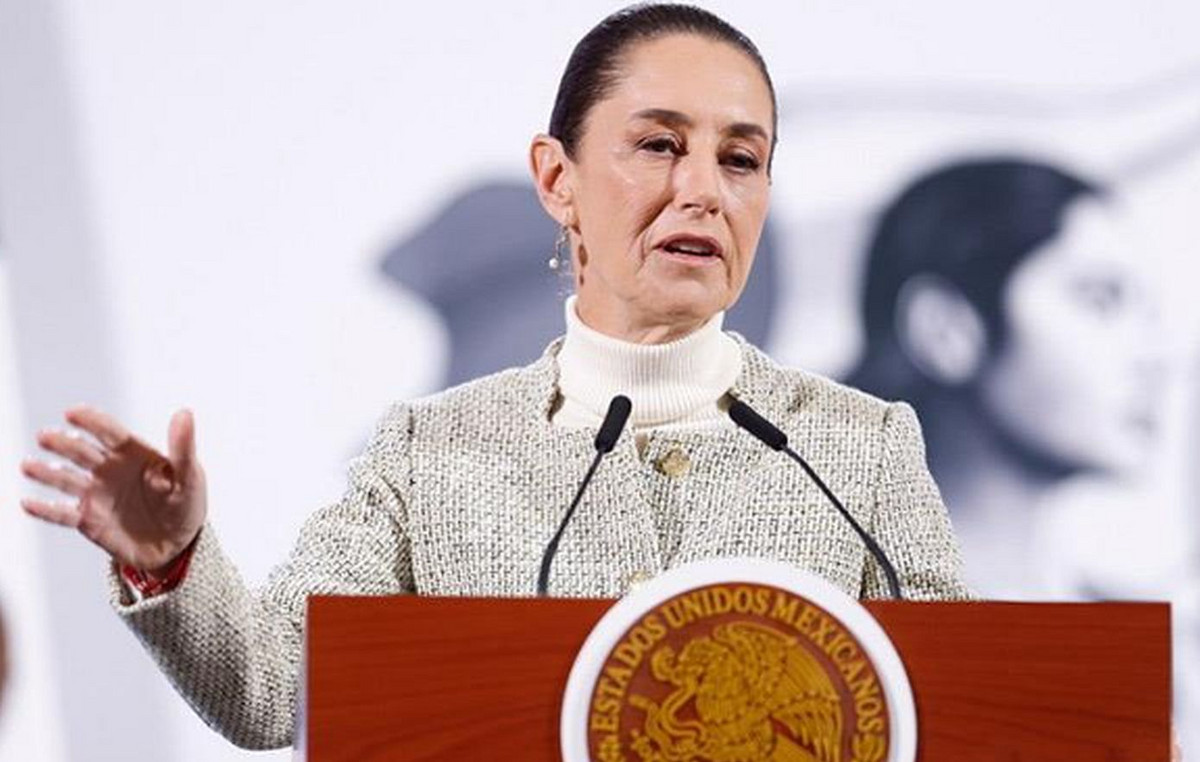- The DXY rises after data from unemployment applications better than expected.
- IPP figures come softer, generating concerns about weakened demand.
- Markets expect updates on the US diplomatic conversations in Russia about the high fire in Ukraine.
- Trump threatens 200% tariffs on European wines and champanes.
The US dollar (USD) recovered on Thursday, claiming the level of 104.00 while the traders reacted to the most soft production price index (IPP) index than expected and the positive figures of unemployment applications. The US dollar index (DXY) initially jumped after the publication of the data, but then cut profits as investors weighs the implications of the slowdown in inflation and the possible concerns about demand. Meanwhile, United States diplomats (USA) arrived in Russia for conversations about the high fire in Ukraine, and President Donald Trump climbed commercial tensions by threatening with a 200% tariff to European wines and champanes.
What moves the market today: mixed economic signals, geopolitical tensions increase
- The Weekly Report of US unemployment applications showed initial applications in 220,000, below the expected 225,000. Continuous requests fell to 1.87 million, below the provision of 1.90 million.
- The February Production Price Index (IPP) came weaker than expected, with the general monthly figure at 0.0% compared to 0.3% expected, and the underlying IPP contracted by 0.1%.
- In interannual terms, the general IPP was softened to 3.2%, below the 3.3%projected, while the underlying IPP decreased to 3.4%from 3.6%.
- The markets initially saw the softest inflation data as positive for the US dollar, but the profits were quickly reversed as the traders interpreted the weakest figures of the IP as a sign of demand weakening.
- US actions fell behind the IPP data, with the feeling further pressed for Trump’s latest commercial threats aimed at European imports.
- The CME Fedwatch tool indicates that markets widely expect the Fed to keep the rates at the March 19 meeting, while the probabilities of feat cuts for May and June continue to increase.
DXY technical perspective: Over -sales bouncing finds resistance
The US dollar index (DXY) recovered from recent recent of several months, rising above 104.00 while traders reassess the overall conditions. The relative force index (RSI) and the MACD indicate a short -term correction, although the sales pressure remains dominant after the strong fall of last week. The key resistance is about 104.50, while the support is located at 103.50, with more possibilities of falling if the sellers regain control.
FAQS inflation
Inflation measures the rise in prices of a representative basket of goods and services. General inflation is often expressed as an intermennsual and interannual percentage variation. The underlying inflation excludes more volatile elements, such as food and fuel, which can fluctuate due to geopolitical and seasonal factors. The underlying inflation is the figure on which economists focus and is the objective level of central banks, which have the mandate of maintaining inflation at a manageable level, usually around 2%.
The consumer price index (CPI) measures the variation in the prices of a basket of goods and services over a period of time. It is usually expressed as an intermennsual and interannual variation. The underlying IPC is the objective of the central banks, since it excludes the volatility of food and fuels. When the underlying IPC exceeds 2%, interest rates usually rise, and vice versa when it falls below 2%. Since higher interest rates are positive for a currency, higher inflation usually translates into a stronger currency. The opposite occurs when inflation falls.
Although it may seem contrary to intuition, high inflation in a country highlights the value of its currency and vice versa in the case of lower inflation. This is because the Central Bank will normally raise interest rates to combat the greatest inflation, which attracts more world capital tickets of investors looking for a lucrative place to park their money.
Formerly, gold was the asset that investors resorted to high inflation because it preserved their value, and although investors often continue to buy gold due to their refuge properties in times of extreme agitation in the markets, this is not the case most of the time. This is because when inflation is high, central banks upload interest rates to combat it. Higher interest rates are negative for gold because they increase the opportunity cost to keep gold in front of an asset that earns interest or place money in a cash deposit account. On the contrary, lower inflation tends to be positive for gold, since it reduces interest rates, making bright metal a more viable investment alternative.
Source: Fx Street
I am Joshua Winder, a senior-level journalist and editor at World Stock Market. I specialize in covering news related to the stock market and economic trends. With more than 8 years of experience in this field, I have become an expert in financial reporting.







